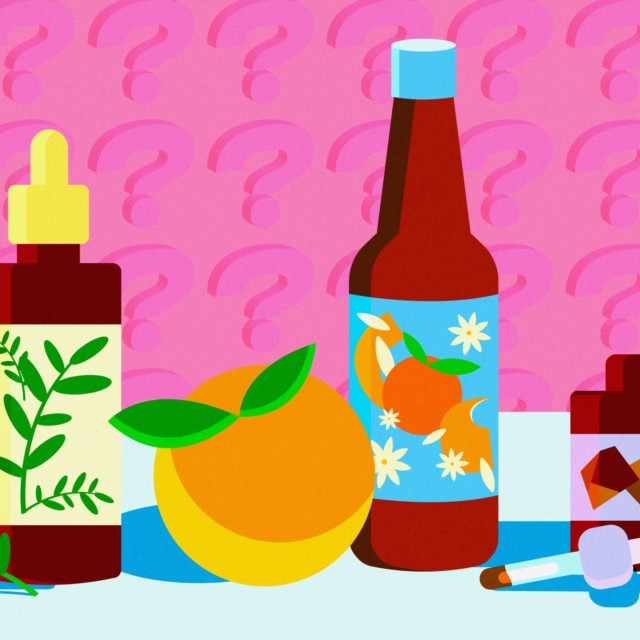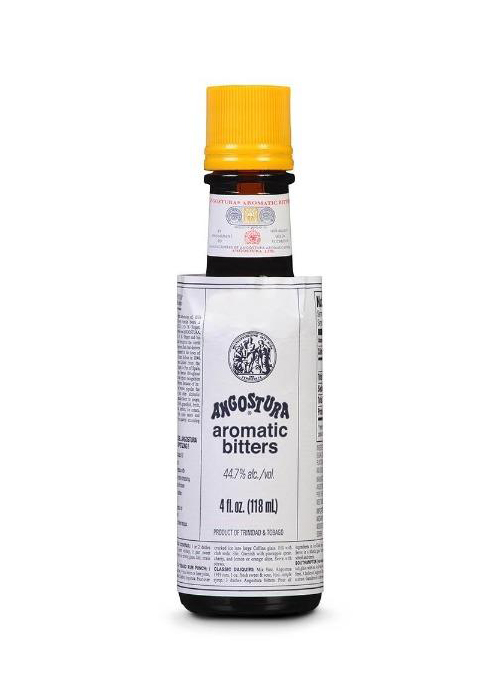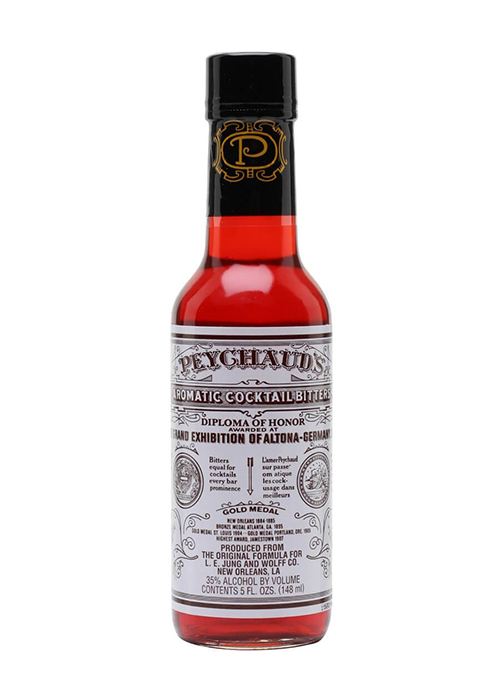Potent, bright, and impossibly complex, bitters are a mainstay behind bars for good reason. As prominent at dives as they are at high-end lounges, the ingredient has found its way into many of the world’s most popular cocktails.
But what exactly are bitters? And why are they such an important part of mixology? For insight into these questions and more, we chatted with Neal Bodenheimer of New Orleans-based Cure. Bodenheimer gives us a rundown on the history of bitters, the dos and don’ts for using them at home, and which bitters are must-haves for anyone new to cocktail making.
Before you start using bitters in your drinks, it’s first important to know what they’re made of. In short, Bodenheimer says, “bitters are generally a high-proof infusion of flavoring agents.” They’re often made with hearty ingredients such as citrus peels, seeds, spices, herbs, flowers, roots, and bark, which are then infused into high-proof alcohol to break them down.
The history of bitters goes back centuries, with the first historical records of their use dating all the way to the early 1700s. “They started off as patent medicines, and they grew in popularity because people wanted to find ways to make their medicine taste good,” Bodenheimer says. And since at the time, the most potable beverages were alcoholic, these medicines were made using spirits, which were then diluted for medicinal use. (Some older bitters brands, like Fee Brothers, are non-alcoholic — made with flavoring agents mixed into glycerin to appease supporters of the temperance movement.)
Bitters have been a key ingredient in cocktails since people began mixing spirits with other ingredients. “You see bitters in the first mention of cocktails in the early 1800s,” Bodenheimer says, referring to the general recipe consisting of a spirit, bitters, sugar, and water — a cocktail that would eventually become known as the Old Fashioned. And Bodenheimer says there’s a reason why they’ve remained a staple all of these years: “Most cocktails are improved by bitters.”
Like salt in food, bitters act as a connector between varying flavors — allowing bold spirits to play nicely with everything from bright citrus to sweet liqueurs. “You’re putting disparate things together, and you need something to bridge them,” Bodenheimer explains. When two intense flavors meet, they can often butt heads — an issue that bitters can smooth over. Just a few drops or dashes of the liquid can integrate a whole host of flavors.
And though that’s the primary reason for bitters’ popularity behind cocktail bars, Bodenheimer says there’s another vital explanation: “They also bring flavor to the party.” And with the myriad flavors and types of bitters continually being released — from sarsaparilla and eucalyptus to chocolate and celery — there’s no lack of creative ways to add depth and flavor to any drink.
But before you delve into these more unique flavors, Bodenheimer says there are three bottles of bitters that every newbie should have. The first is traditional Angostura Bitters, which, he says, is “the most useful bitter in the world.” Second, the NOLA-based mixologist says Peychaud’s bitters are a must — especially in his neck of the woods, where the Sazerac reigns supreme. “The anise profile is so nice, and it works in so many drinks,” he says. Lastly, he recommends stocking up on orange bitters (his favorite ones are from Bittercube).
Never used bitters before and don’t know where to start? The best way to get going is by making some classic cocktails that use bitters, like an Old Fashioned or Manhattan, and adding in the bitters last. “Make your drink without the bitters, and then add the appropriate amount of bitters and then see what it does to your drink and see why your bitters exist,” Bodenheimer says. “It’s very noticeable.”


